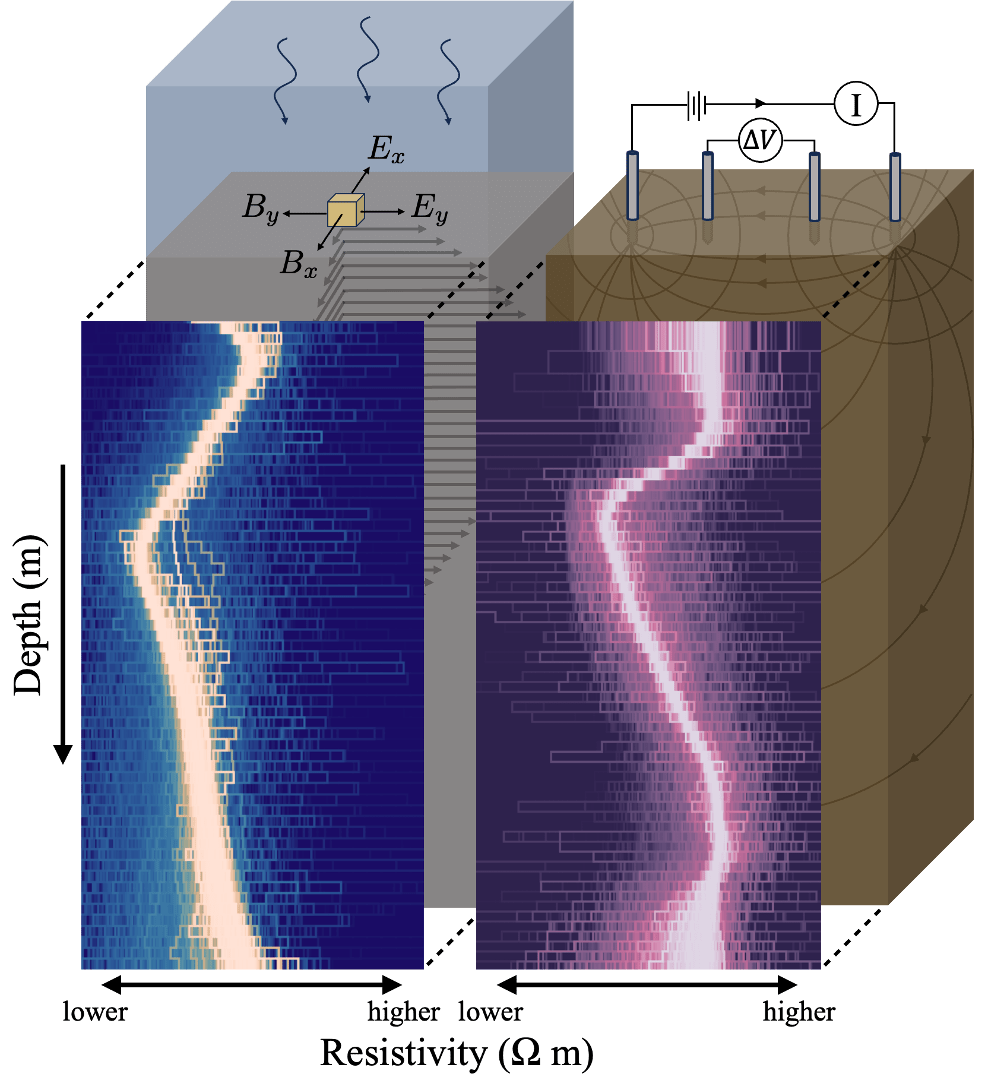2pm at Nansen (Copernicus, 1st floor).
Talk by Sébastien Barthélémy (UiB)
Abstract
Increasing model resolution can improve the performance of a data assimilation system because it reduces model error, the system can more optimally use high-resolution observations, and with an ensemble data assimilation method the forecast error covariances are improved. However, increasing the resolution scales with a cubical increase of the computational costs. A method that can more effectively improve performance is introduced here.
The novel approach called “Super-resolution data assimilation” (SRDA) is inspired from super-resolution image processing techniques and brought to the data assimilation context. Starting from a low-resolution forecast, a neural network (NN) emulates the fields to high-resolution, assimilates high-resolution observations, and scales it back up to the original resolution for running the next model step. The SRDA is tested with a quasi-geostrophic model in an idealized twin experiment for configurations where the model resolution is twice and four times lower than the reference solution from which pseudo-observations are extracted. The assimilation is performed with the Deterministic Ensemble Kalman Filter.
We show that SRDA, while preserving the reliability, outperforms both the low-resolution data assimilation approach and a version of SRDA with cubic spline interpolation instead of NN. The NN’s ability to anticipate the systematic differences between low- and high-resolution model dynamics explains the enhanced performance, in particular by correcting the difference of propagation speed of eddies.
We show also that the SRDA naturally extends to the hybrid covariance configuration with the simultaneous use of two ensembles at low and high resolution, we talk of hybrid-SRDA. We show that for a fixed ensemble size the hybrid-SRDA performs closely to the EnKF but with a computational cost reduced by 30%. For limited computational resources it is shown that the hybrid-SRDA systemically outperforms both the EnKF at high-resolution and the standalone SRDA.



